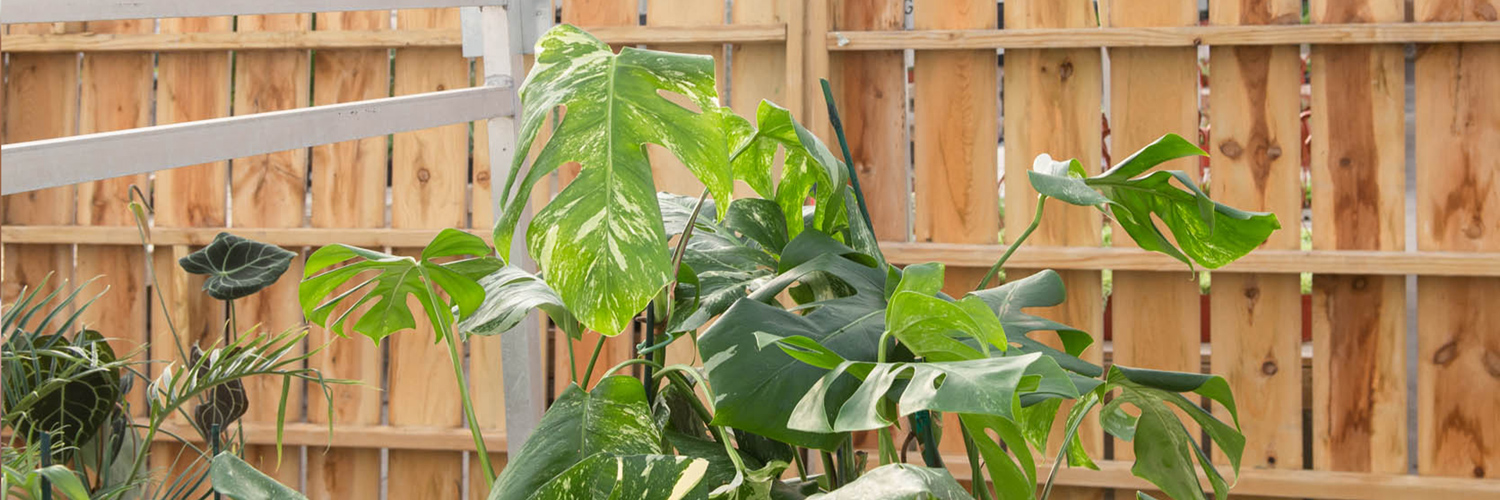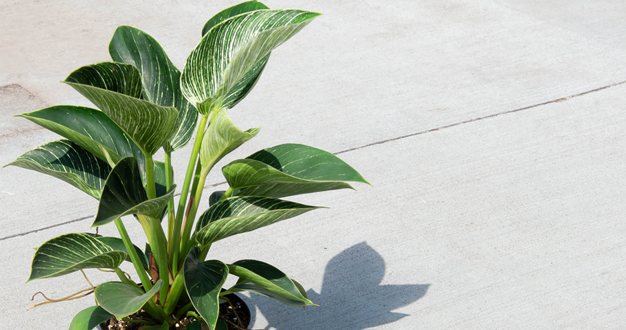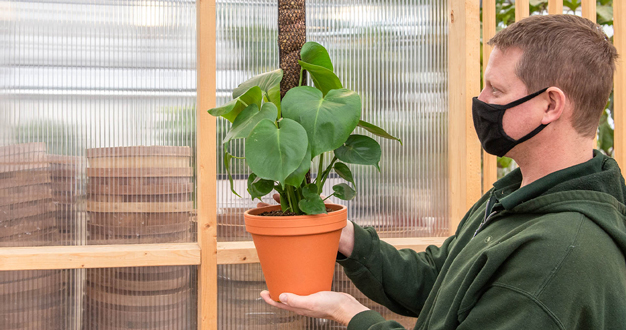
To know a monstera is to love it – both for its fascinating foliage and for the disarming confidence it displays in its approach to life. Monsteras explore, they invade your space, and before you know it, you’re happily carving out more room in your home for these charismatic beauties. Here, we introduce six monsteras to add to your wishlist.
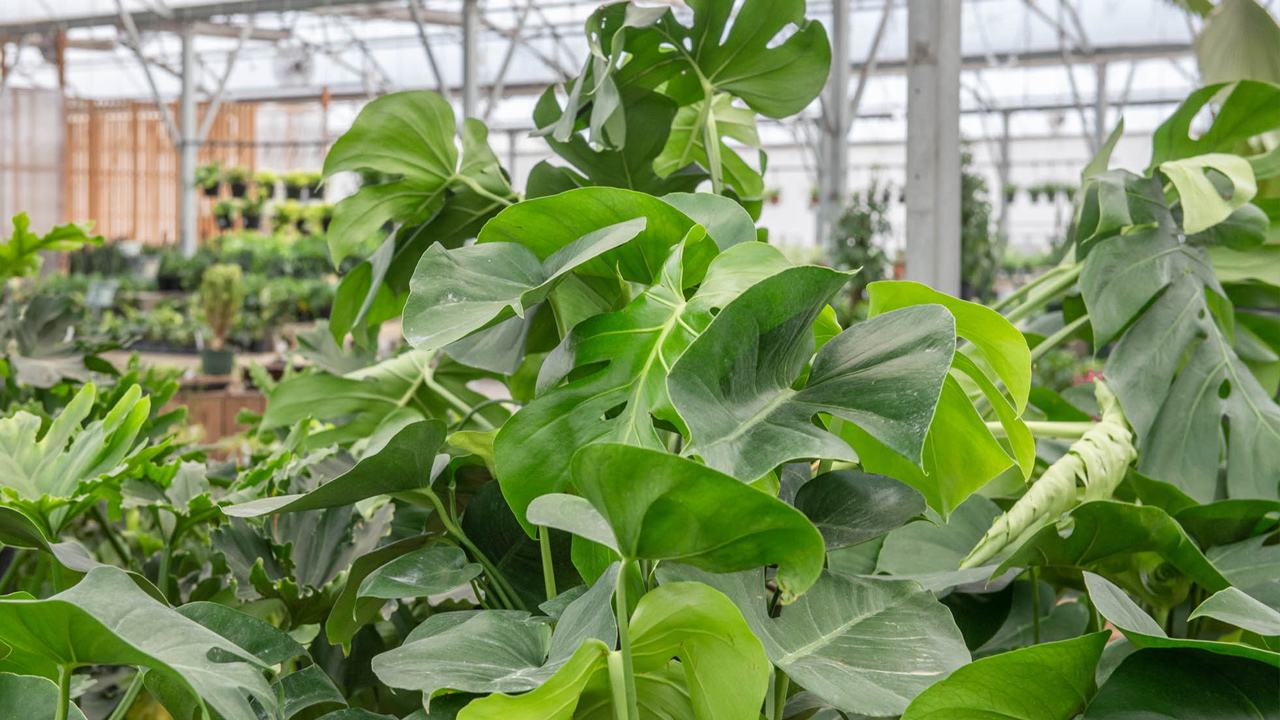
Monstera deliciosa // that loveable hulk
If monsteras have a reputation for taking up space, it’s largely due to Monstera deliciosa, a regular member of our Greenhouse collection. This popular green giant begins life as a mounding assembly of dark green leaves on slender stems. But always on the hunt for a better view, it soon branches out in different directions, reaching out with an exploring vine or two and developing those classic holes and splits in its leaves. M. deliciosa enjoys lots of bright, indirect light and the chance for its well-draining potting mix to dry out an inch or two before the next watering. And when it starts throwing out those strong aerial roots, a trellis or moss pole is your best friend.
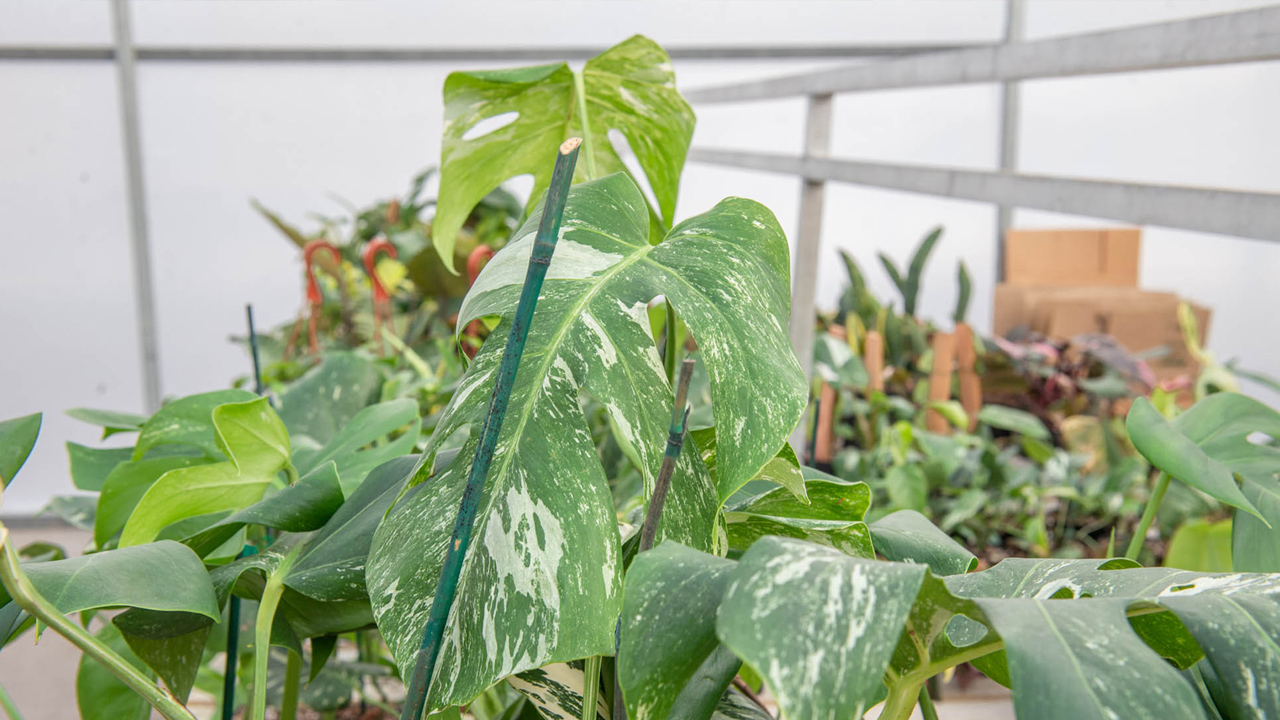
Monstera deliciosa ‘Thai Constellation’ // the speckled monstera
Splashed and swiped with random patterns of creamy white variegation, ‘Thai Constellation’ is the monstera for artists, stargazers, and plant enthusiasts who just geek over one-of-a-kind houseplants. Like the standard M. deliciosa, ‘Thai Constellation’ loves bright, indirect light and grows best with a support structure to climb, but unlike the solid green version, you’ll have a hard time getting a hold of this beauty. We get a few in whenever we can, but they’re always gone as fast as we can get them.
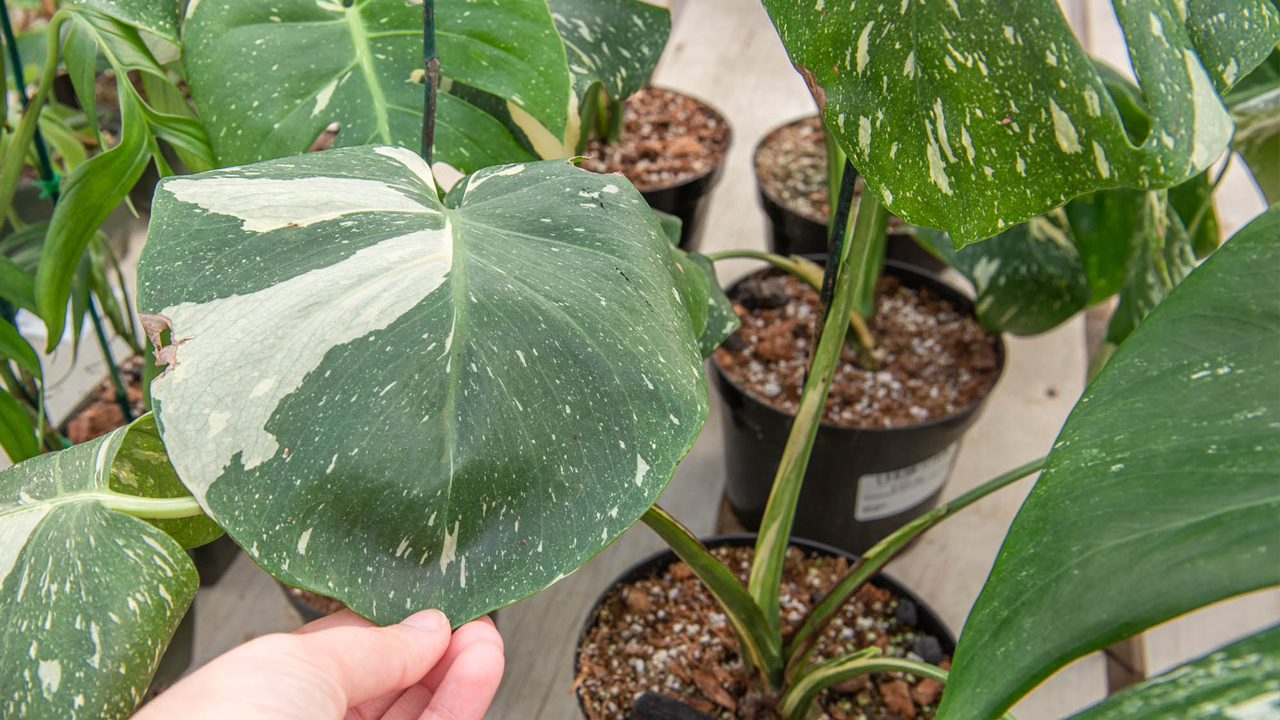
Monstera deliciosa albo // the ghost
Reaching celebrity status among houseplant collectors, “albo” is another highly sought-after monstera. As it grows, each gorgeous leaf is its own work of art consisting of a random combination of emerald and sage green swatches intermixed with speckles, stripes, and broad strokes of the most brilliant white variegation. Aside from its glowing foliage pattern, albo behaves even more like a vine than the standard monstera, and its vines are more robust. And with all that white variegation replacing the chlorophyll-producing green, albo appreciates more light – even a little direct light – as well.
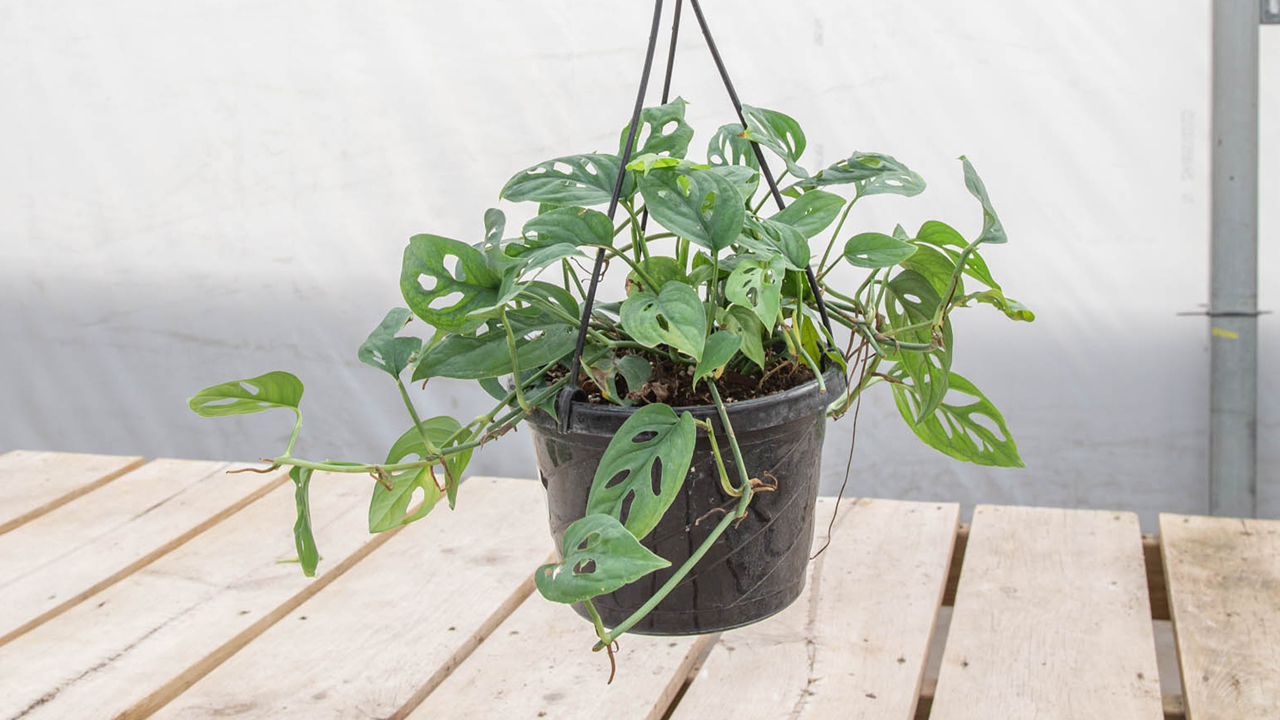
Monstera adansonii // a delicate draper
Monstera adansonii takes a different tact than its heftier cousins above. This monstera is more graceful – and more likely to fit on a bookshelf. But despite it’s delicate nature, it still proudly displays those distinctive monstera holes that give it that “swiss cheese” nickname. M. adansonii likes bright, indirect light and a chance for its soil to dry down a bit before watering again. And with its thinner foliage, it appreciates a little extra humidity too – maybe a room humidifier or pebble tray if you have it. This one makes a regular appearance in the Greenhouse but flies out pretty quickly too.
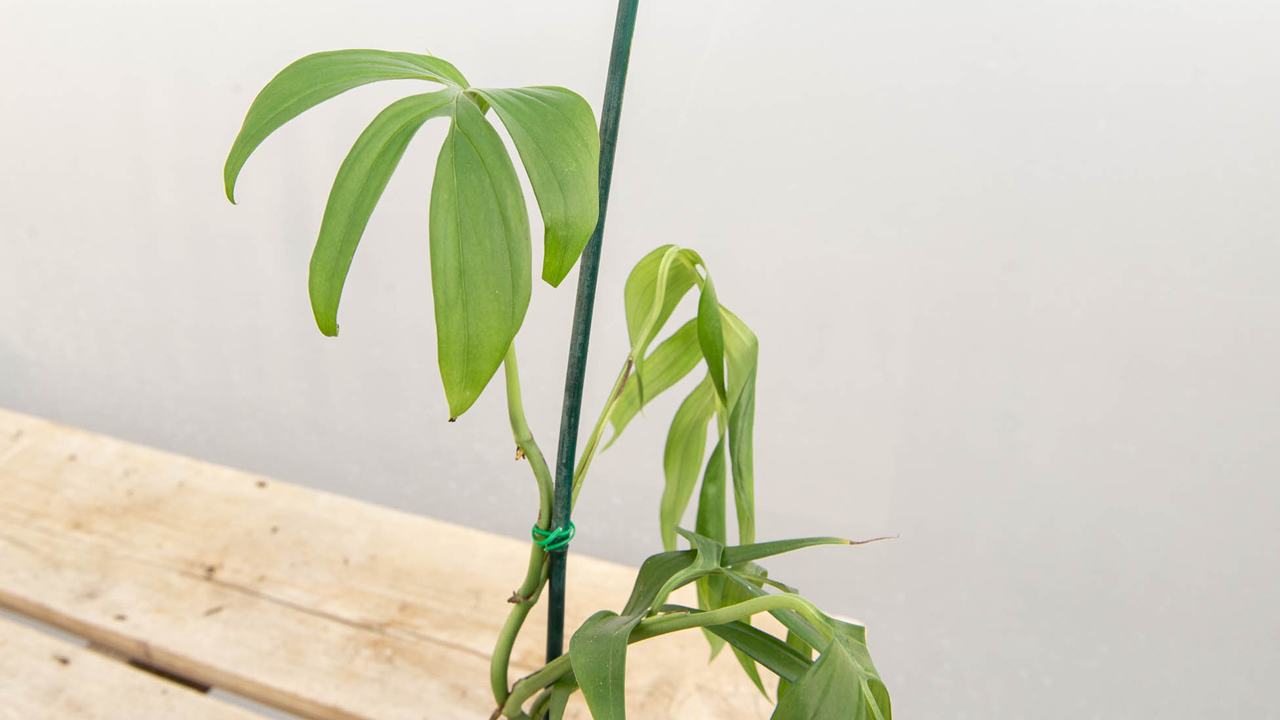
Monstera subpinnata // the ferny one
While the leaves on M. adansonii are all holes and no slits, the leaves on Monstera subpinnata are all slits and no holes – so its highly dissected, finger-like foliage is often compared to that of a fern or maybe a palm. Having such gracefully thin foliage, M. subpinnata loves its humidity too – a bright bathroom or kitchen might be an ideal location. And this avid climber really shows off with a trellis or a moss totem to climb too. And as rare as they are, it’s a highly anticipated day when these show up in the Greenhouse. But they never last long.
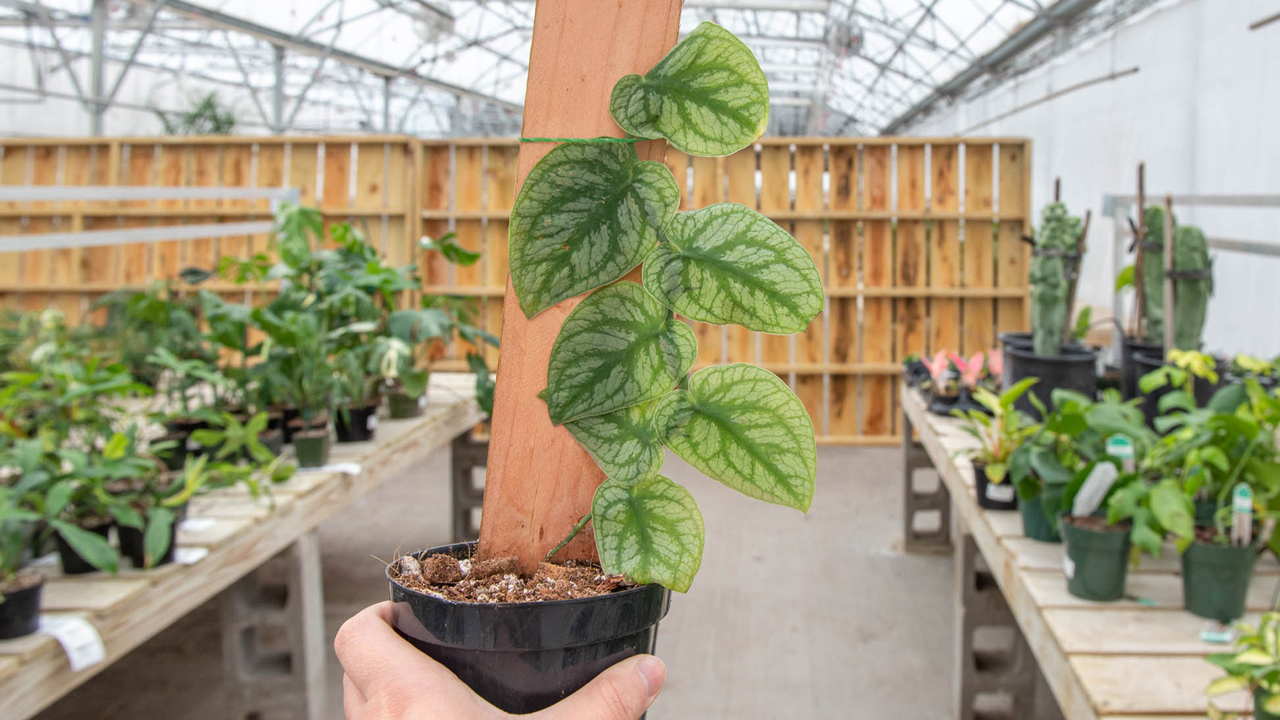
Monstera dubia // the great transformer
As a group, monsteras are known for the way their foliage changes as a juvenile plant begins to mature, but Monstera dubia takes this idiosyncrasy to a whole new level. As a young plant – the age you’re likely to find one – M. dubia looks like a cross between a watermelon peperomia and a well-organized pothos. It’s most definitely a vine, an enthusiastic climber, and its precisely alternating leaves lay perfectly flat against its support – hence the nickname “shingle plant.” But under the right conditions and given enough time, M. dubia matures into its full monstera heritage – with huge dark green leaves so nearly skeletonized with holes that the result is more open space than foliage. It’s an unbelievable transformation, rarely seen in a houseplant – and unfortunately, rarely seen at all. This is one of those hard-to-find species – we’re always on the hunt, and when they get here, it may be only a handful at a time.
Add One to Your Wishlist
The more monsteras we meet, the more we want to know, and we hope you’re as excited as we are about the possibility of seeing and owning some of these fascinating plants. Some are here often, while others are found only on a rare occasion, so if you get the chance to own one, be sure to grab it while you can!

